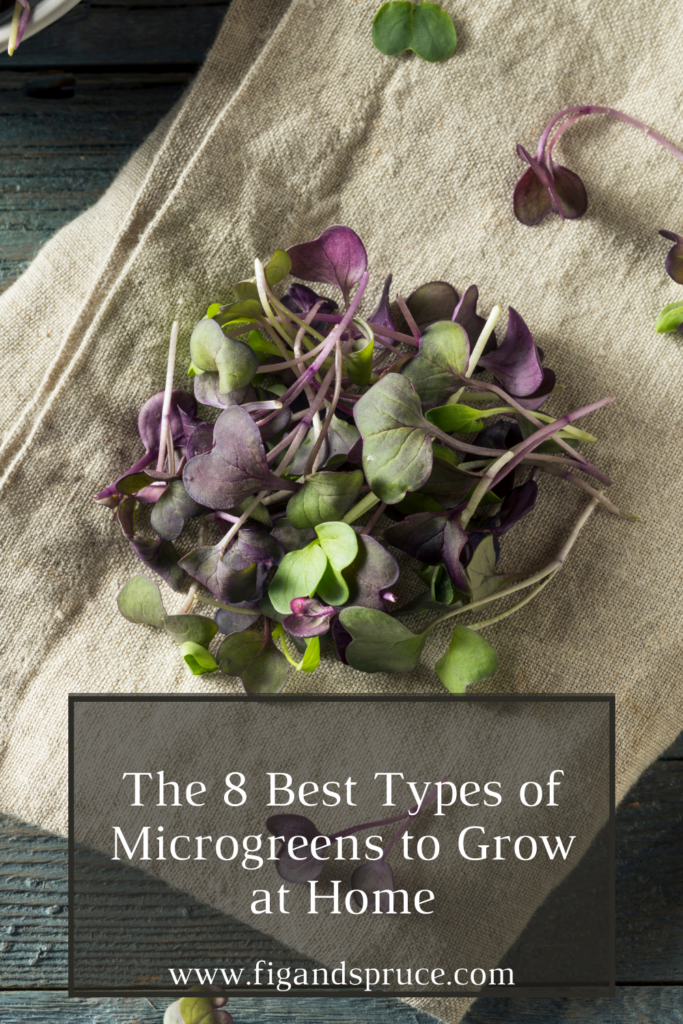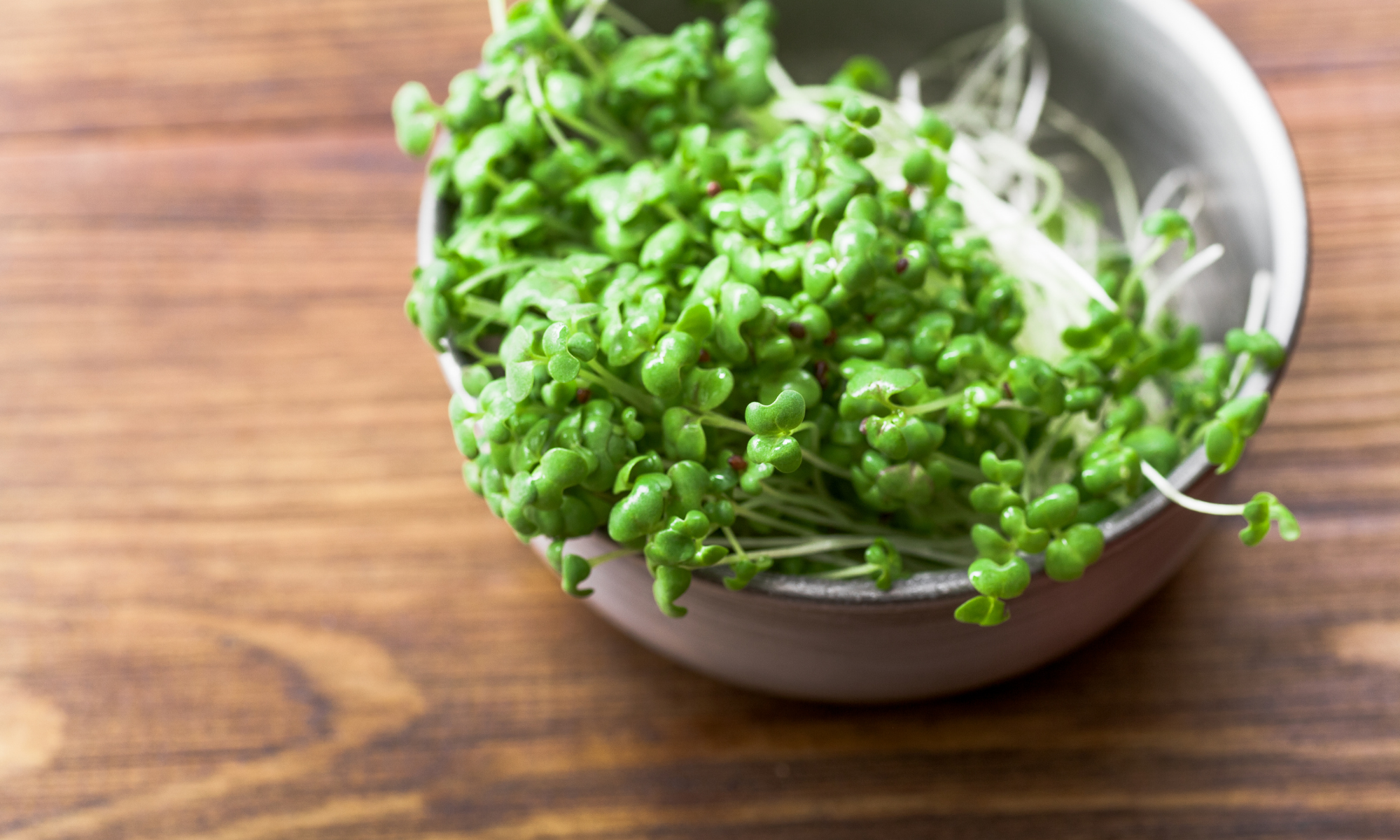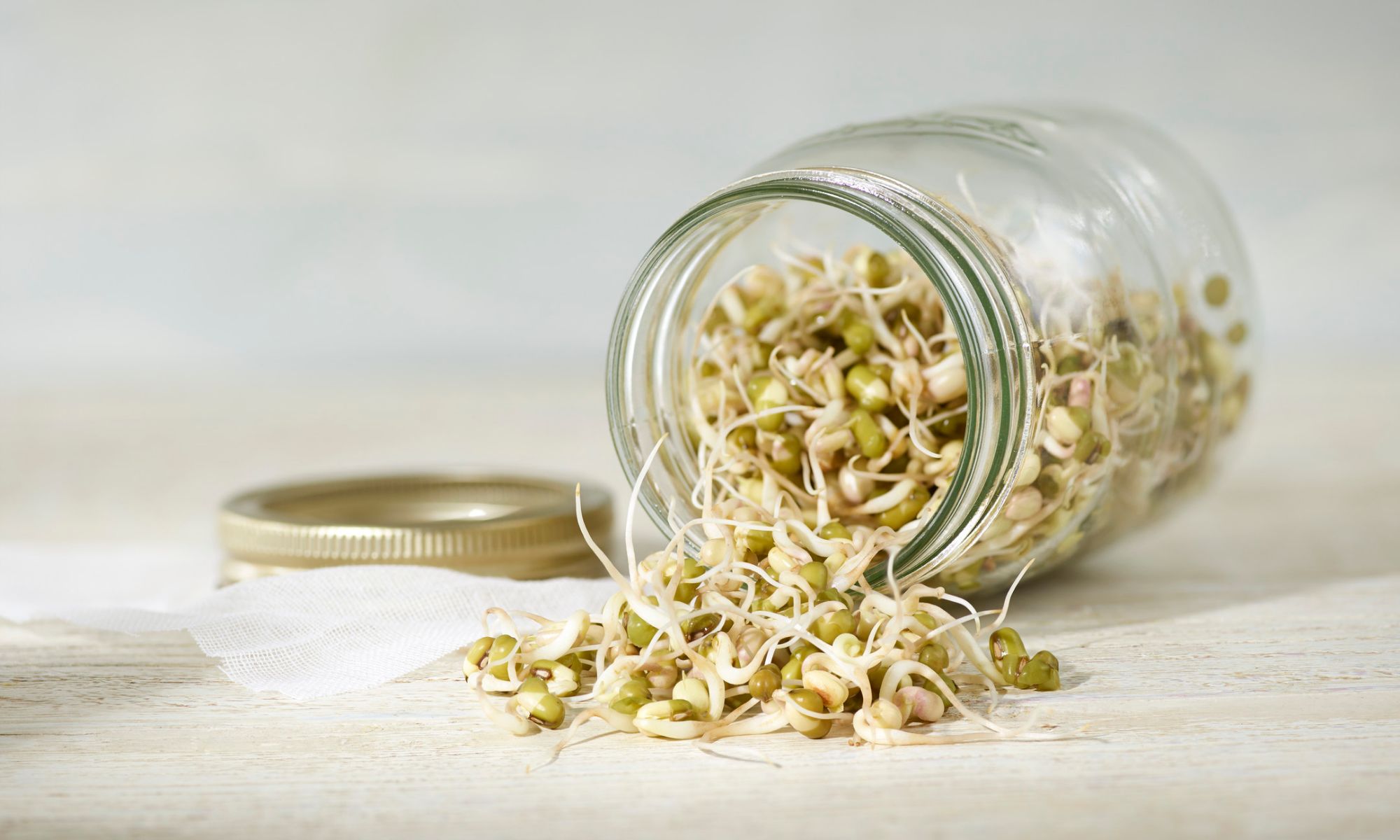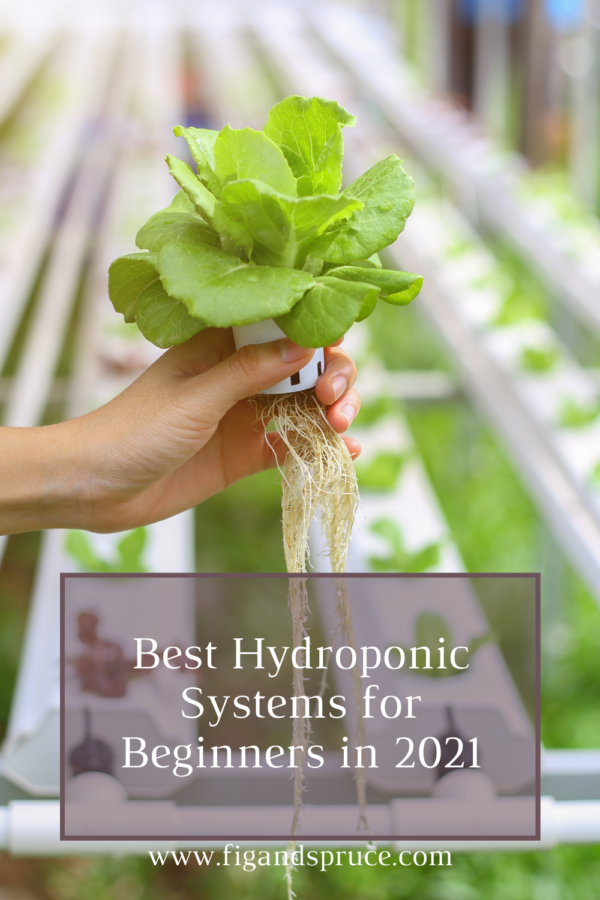Microgreen seeds are one of the easiest ways to start growing your own food. And there are so many options on which seeds to grow! Which is the most beginner friendly? Which ones are full of flavor, while others are more mild?
We’re covering our favorite microgreen seeds and giving some ideas on how to use them, what to pair them with, and how to mix seed types that complement each other!
Table of Contents
Best Microgreen Seeds
Where to Start
For those that have never grown microgreen seeds there’s almost an overwhelming amount of choices to get started with. And the reality is its totally up to your taste preferences! What works for some may not be for others, so its all about what you like to eat.
We recommend a sampler pack of seeds, like one from Beyond Roots that offers 10 different seed packets for you to try. All seeds are USDA certified organic and the options include all of our favorite types of seeds (mustard, basil, kale, and more).

Radish
Radish microgreens are another intense flavored microgreen seeds. There are several types of radish seeds you can use. Daikon radish, for example is one of the spicier and more intense types of radish seed. Radish microgreens have almost a peppery flavor and taste similar to full radish bulbs.
We love adding these intense microgreens to sandwiches, salads, and anything you would normally include radishes in. They add extra zest to stir fried vegetables and Asian flavored dishes too!
Kale
Kale is another microgreen seed we love to grow for a few reasons. Its flavor is almost broccoli-like, and very nutty but still fresh. Its not the strongest, so if you’re trying to steer clear of mustard or radish micgrogreens this is a more mellow flavor option.
We love putting Kale microgreens on top of tacos, sandwiches, and of course on top of a salad! The flavor is very versatile and can be used in a variety of cooking.
Mustard
If you want a robust, sometimes spicy microgreen, mustard microgreens are right up your alley. Depending on what type you buy, you can get sweet mustard microgreens, or spicy (think almost horse radish-like) microgreen seeds.
Mustard microgreens add a lot of flavor to your dish, so they complement mild dishes really well! You can also top sushi with them for some added zest and wasabi-like flavor!
Spinach
Spinach is a more mild type of microgreen compared to other intense mixes. However, its one of our favorites, especially for beginners for a few reasons.
First, the mellow spinach flavor makes it really versatile in cooking. You can add it as a topping on any salad, soups, and sandwiches and it will complement most flavors really well.
The second reason we love spinach microgreen seeds is that its one of the most beginner friendly microgreen seeds you can grow. It grows fast, and can handle variations in water and light. Its able to handle a variety of conditions and is perfect for beginners to start with.
Basil
Basil microgreens provide a robust basil flavor, and complement Italian flavors really well. Throw these microgreens on top of a Italian sub, or on top of a antipasto salad! Basil microgreens go great on top of a salad that is dressed in a balsamic vinaigrette. The possibilities are endless!
There’s also multiple types of basil microgreens. Traditional basil is called genovese basil, which is what most people (at least in the US) think of first. There’s also Thai basil and even cinnamon basil, which is almost a spicy form of basil. They each add a unique depth of flavor to a dish.
Its worth mentioning that basil microgreen seeds take longer to grow than some other varieties. While most microgreens will reach maturity in 7-10 days, basil microgreen seeds will take on average 16 days, and sometimes up to 21 to reach maturity.
Best Microgreen Seed Mixes
Why pick one seed when you can grow multiple types of seeds from one mix?
Another option for growing and harvesting microgreens is to use a seed mix that incorporates multiple seeds into one packet. This will blend flavors, which can provide a lot of flavor to enhance your dishes!
Superfood Microgreen Seed Mix

If you want a well balanced flavor that is full of superfood microgreens, the superfood microgreen seed mix from Rainbow Heirloom Seed Co. is one of our favorites. This company is known for high quality seeds with a good germination rate. Their seeds are non GMO and sustainably grown.
The superfood mix has a blend of radish seeds, purple kohlrabi, collard, and turnip microgreen seeds. Yum!
Spicy Microgreen Seeds Mix

The spicy microgreen seeds mix from Food to Live is full of full flavor microgreens that will go great on top of salads or sandwiches. Food to Live even recommends adding their microgreens to smoothies for an extra flavor kick!
This seed mix contains a blend of broccoli seeds, alfalfa seeds, and radish seeds. The combo of these will be a spicy, crunch blend that packs a punch of flavor for your dishes.
Kale Trio Microgreen Mix

The Kale Trio microgreen seed mix (also from Rainbow Heirloom Seed Co.) has three different kale varieties in one blend. This is a well balanced subtler flavor compared to the spicy microgreen mix above. The flavor is very versatile and can be used in a variety of dishes.
Reviews on Amazon note it as a high germination seed packet. As with other packets from this company, its full of high quality seeds to help ensure your success when growing at home!
Frequently Asked Questions
Should I use a mix of different seeds or just select one?
It depends on what you’re going for. We love a good seed mix, but there’s definitely arguments to be made to having pure individual microgreen seeds.
If your a beginner, and just getting started growing microgreen seeds we recommend starting with a seed packet like Beyond Root’s Microgreen Variety pack, which has 10 different organic seed packets to get your started.
This pack will give you a variety of seeds to try out. So you can mix and match – try growing a few microgreen varieties on their own. Then, feel free to mix a few flavors and determine what you like together!

How do I grow microgreen seeds?
We’re glad you asked! Head on over to one of our recent posts – how to grow and harvest microgreens from home to learn how to grow them and what the benefits are!
You can also buy microgreen kits like this one from the Mountain Valley Seed Company. This comes with everything you need to grow your microgreens. However, microgreens are really beginner friendly and you probably have most of what you need to get started already, so a kit is definitely not a necessity.
Are there variations in growing methods between types of microgreens?
Yes! There’s going to be slight variations between how each type of microgreen seed grows best. We recommend using our guides as a baseline, but any specific instructions included on your seed packet should be incorporated into the process as well.
Happy growing!
Do you love growing microgreens at home? How do you incorporate them into your dishes? Let us know in the comments below!




